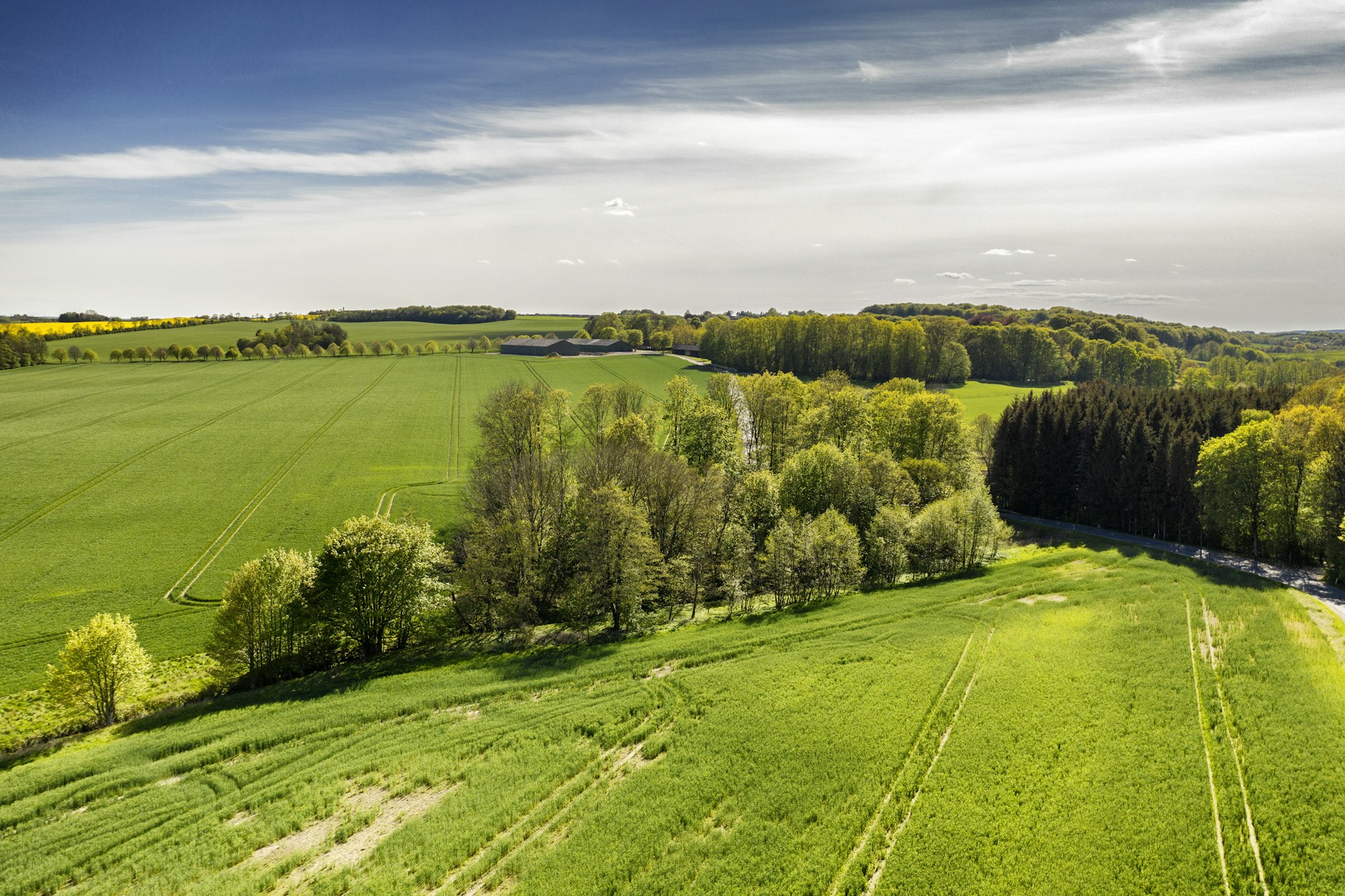Which Plants Are Best for Creating a Living Privacy Screen in an Urban Garden?

Being privy to your own private sanctuary in the midst of a bustling urban environment can feel like a dream. Yet, living privacy screens can make this dream come true, enabling you to enjoy tranquility even in the heart of the city. By carefully selecting the right plants, trees, and shrubs, you can transform your outdoor living space into a serene retreat. This article will delve into the best plants to create a natural privacy screen in your urban garden.
Privacy and Garden Design: The Role of Plants in Creating a Sense of Seclusion
In an urban setting, maximizing privacy in your garden or outdoor space can be a challenge. However, the strategic use of plants can effectively create a tranquil oasis, shielding your outdoor area from prying eyes.
Sujet a lire : How Can You Integrate an Electric Car Charging Station into Your Home’s Exterior Design?
Plants offer a more environmentally-friendly and aesthetically pleasing alternative to traditional privacy screens such as walls or fences. Trees, shrubs, and tall plants can create an evergreen screen, offering privacy while enhancing the landscape of your garden.
The keywords in this process are design and selection. The design refers to the layout and arrangement of the plants. It takes into account factors like available space, light conditions, and the compatibility of different plants. On the other hand, selection pertains to choosing the right plants that will provide the desired level of privacy, fit the local climate, and suit your personal preferences.
A lire également : How Can You Integrate an Electric Car Charging Station into Your Home’s Exterior Design?
The Role of Trees in Creating a Living Screen
Trees often serve as the backbone of any landscape design. Due to their height and spread, trees can provide a thick canopy of privacy in your garden, blocking views from tall neighboring buildings.
Deciduous trees, which shed their leaves annually, can provide dense shade in the summer and allow light to penetrate during the winter. Evergreen trees, on the other hand, retain their leaves throughout the year, offering a consistent level of privacy.
When selecting trees for your privacy screen, consider their growth rate, height, and spread. Popular choices include Leyland Cypress, Thuja Green Giant, and Bamboo. These trees are relatively fast growers and can form a dense screen within a few years.
Shrubs: The Understory Layer in a Living Privacy Screen
While trees provide the upper layer in an outdoor living screen, shrubs form the understory. These shorter plants fill in the gaps between the trees, offering a second layer of privacy.
Shrubs can be either deciduous or evergreen, and the best choice depends on your specific needs and preferences. For instance, Boxwood, Privet, and Holly are popular evergreen shrubs that provide year-round privacy. These shrubs can be easily pruned and shaped to fit any garden design.
With thoughtful placement, shrubs can also serve additional functions in your garden. For example, flowering shrubs can add a burst of color, while fruit-bearing shrubs can attract birds and other wildlife.
Using Vines and Climbing Plants for Vertical Privacy
If space is a premium in your urban garden, consider using climbing plants to create a vertical privacy screen. These plants can be trained to grow on trellises, pergolas, or fences, creating a lush green wall without taking up much ground space.
Climbing plants like Ivy, Clematis, and Wisteria are excellent choices for vertical screens. Not only do they grow tall and dense, but they also produce beautiful flowers that add a touch of elegance to your outdoor space.
Incorporating Kitchen Garden Plants in Your Privacy Screen
Creating a living privacy screen does not mean you can’t cultivate a kitchen garden. Many herbs, vegetables, and fruit trees can contribute to your privacy screen while providing fresh produce for your kitchen.
For instance, taller herbs like rosemary and fennel can be used to fill in gaps in the screen. Similarly, fruit trees or berry bushes can provide height and density. Tomato plants, runner beans, and pea vines can also be trained to grow upwards, creating a unique and edible privacy screen.
In conclusion, creating a living privacy screen in your urban garden involves a careful selection and arrangement of plants. By combining trees, shrubs, climbers, and kitchen garden plants, you can create a private, tranquil haven in your own urban backyard. Remember, the best privacy screen is the one that fits your needs, matches your aesthetic, and thrives in your specific climate and conditions.
How to Create a Multifunctional Urban Garden: Privacy Screens and More
Creating a living privacy screen is just the beginning of your urban garden’s potential. In addition to offering seclusion, the right selection of plants can cater to a variety of other needs.
Outdoor lighting, for example, is an essential aspect of any garden design. Tall trees like the Leyland Cypress or Thuja Green Giant not only provide privacy but their height also allows for the strategic installation of lighting fixtures. Hanging fairy lights or lanterns from these trees can add a magical touch to your outdoor space.
For those with a full sun exposure in their garden, sun-loving plants like Bamboo or Wisteria can be used. These plants not only thrive in direct sunlight but also provide excellent privacy screens.
If your outdoor space extends to a kitchen dining area, incorporating aromatic herbs and fruit trees in your landscape design can create a multi-sensory experience. Imagine enjoying a meal with the fragrance of rosemary and fennel wafting through the air, or plucking fresh berries from your privacy screen for dessert.
Placement of furniture outdoor can be strategic as well. For instance, placing a bench beneath a shady tree or alongside a fragrant shrub can create a secluded spot for relaxation.
Leveraging your garden’s potential requires careful planning. Using software for project management can simplify the process. From initial layout design to plant selection and arrangement, project management tools can keep your garden project organized and on track.
Conclusion: The Living Screen – More Than Just a Privacy Barrier
In conclusion, a living privacy screen serves not only as a solution to privacy concerns in an urban environment but also as a way to enrich the aesthetics and functionality of your outdoor space. Whether it’s creating a secluded spot for outdoor dining, enhancing the ambiance with outdoor lighting, or even integrating a kitchen garden into the screen design, the possibilities are endless.
The process of creating a living screen does require careful planning, selection, and arrangement of plants. However, the effort is well worth it. With the right combination of trees, shrubs, and climbers, your urban garden can be transformed into a private, peaceful sanctuary.
It’s essential to remember that every garden is unique. The best privacy screen is the one that meets your particular needs, matches your aesthetics, and thrives in your specific climate and conditions. From full sun lovers to shade-tolerant varieties, from deciduous to evergreen, the plant world offers a multitude of options to create your perfect privacy screen.
Finally, don’t forget to leverage the potential of your garden beyond creating privacy. With thoughtful design and planning, your living screen can also provide outdoor lighting, a kitchen dining experience, and even a custom website lead generation if you decide to blog about your gardening journey. After all, an urban garden is more than just a green space – it’s an oasis of tranquility amid the hustle and bustle of the city, a testament to nature’s resilience, and a source of endless personal satisfaction.
